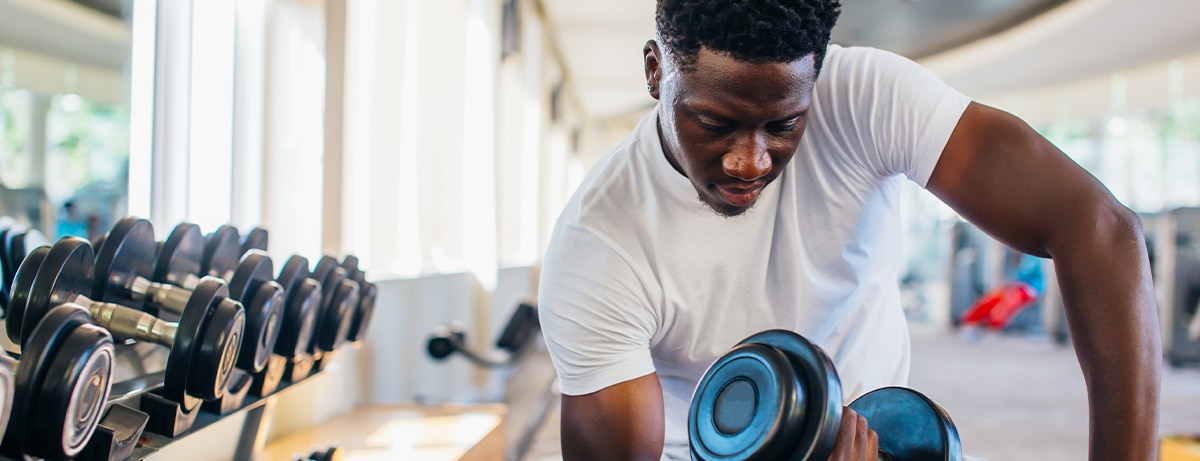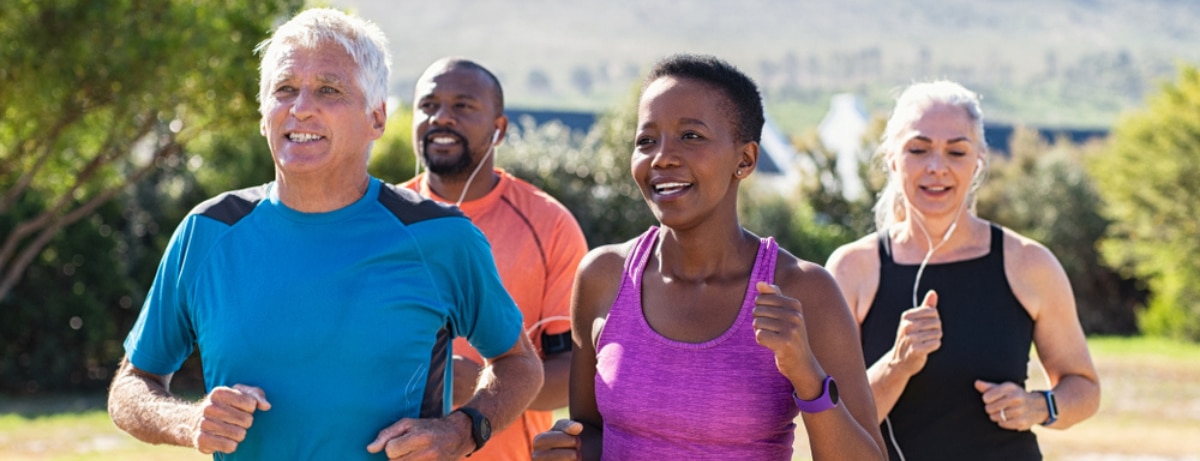15% off £30 OR 20% off £40
Code:SAVE
Meet your feet: foot strength and wellbeing

Our feet are important, but how can we make sure we're taking care of them? Learn all about foot care here, including the benefits of training barefoot & more.
Summary
1Why are your feet important?
Healthy feet are important for mobility. But, we don’t place the same emphasis on looking after our feet as we do on other parts of our body.
2Can you make your feet stronger?
Yes, you can make your feet stronger by doing feet and ankle exercises.
3What are the benefits of strong feet and ankles?
Strengthening the muscles of the foot, shin, and calf will help support your natural arch and provide more stability.
Your health and wellbeing should be considered from the tips of your toes to the top of your head, and everything else in between.
Making sure that your feet are healthy and strong can have beneficial impacts on your overall wellbeing. And a little pamper can go a long way too!
Why are your feet important?
Healthy feet are important for mobility. But all too often, we don’t place the same emphasis on looking after our feet as we do on other parts of our body.1
Each of our feet has 26 bones, 33 joints, and a network of nerves and blood vessels. Your feet also have more than 100 muscles and connectors, called tendons and ligaments.1,2 All of these work together to give your whole body stability and balance as you move around every day.2
So, it’s important that we take care of them. Giving your feet an occasional pampering has many benefits. Below are three ways you could thank your feet: 3
- exfoliate: scrubbing your feet helps to get rid of unpleasant calluses, dead skin cells, and soothe discomfort
- moisturise: helps to keep your feet well nurtured and prevents flaky feet. Intensive foot creams are perfect to make your heels supple and soft
- massage: beauty experts suggest that a foot massage goes a long way towards treating cracked feet. They can also improve blood flow and relieve stiff muscles
Foot mobility
Foot mobility refers to the flexibility of all of the joints of the foot and its surrounding muscles and tendons.4
Gentle mobility exercises may help you maintain flexibility. Whether you're a dancer, runner, or just a shoe wearer, you may benefit from regular feet exercises.5
Can you make your feet stronger?
Yes, you can make your feet stronger by doing feet and ankle exercises. Exercising your feet on a regular basis not only improves overall foot health but may also reduce your risk of injury.6
Healthy feet and ankles are vital to our ability to walk, run, and maintain our balance. Strengthening and stretching your feet will make a big difference in keeping them happy and healthy.7
Flexibility and resistance exercises combined with regular walking are a good way to keep your feet healthy. Try these five exercises to help strengthen your feet and increase flexibility.8
- Toe raise, toe point, toe curl (hold each position for five seconds and repeat 10 times)
- Golf ball roll (roll a golf ball under the ball of the foot for two minutes)
- Towel curls (place a small towel on the floor and curl it toward you using only your toes. Repeat this exercise five times)
- Marble pick-up (pick up one marble at a time with your toes and put it in a small bowl. Repeat 20 times
- Sand walking (walking in sand at the beach massages your feet as well as providing good general foot conditioning)
What are the benefits of strong feet and ankles?
The stability of your feet has a direct impact on the rest of your body. Having healthy and strong feet and ankles can help to ease stresses that otherwise could be caused and affect your knees, hips, and back. Strengthening the muscles of the foot, shin, and calf will help support your natural arch and provide more stability.9
By completing simple exercises, you can develop strength; helping to reduce aching and sore feet, improve balance and performance for physical activities, and minimise excess forces that travel from your feet up to your ankles, knees, and hips.10
Benefits of working out barefoot
Barefoot workouts have been shown to increase:
- muscle strength and endurance
- stability
- proprioception
- coordination
By increasing these components, it may decrease the chances of injury.11,12
Some people say that lifting in socks or barefoot can allow you to move more weight, due to increased balance, reduced range of motion, better engaged muscles of the posterior chain (all the muscles that make up the backside of your body), and a more supported, efficient basis between you and the ground.13
Advantages to working out or training barefoot:14
- the big toe requires 20 degrees of extension for normal forward motion; often this is restricted in stiff-soled shoes
- a lot of shoes have a smaller toe box, squishing the toes together and decreasing the base of support
- crowding of the toes can cause toe joint deformities
- the heels of shoes usually have an elevated platform, which can lead to the shortening of the calf muscles
- the elevated heel causes more pressure on the forefoot and can lead to permanent hyperextension of the joints between your toes and your foot
Running barefoot or in minimalist shoes has increased in popularity due to experiences of injury prevention, enhanced running efficiency, and improved performance compared with running in shoes.15 Minimalist shoes provide minimal restriction with the natural movement of your feet due to their high flexibility.16 Though the potential risks and benefits of this have yet to be clearly defined.17
This being said, if you’re running barefoot, you should be mindful of your environment and the risks or hazards that they might possess. Look out for broken glass, stones and uneven ground, animal faeces etc. to avoid wounds and consequently infections.
What can your feet tell you about your overall health?
Your foot health can give you an insight to your overall health. For example, joint stiffness could mean arthritis, tingling or numbness could be a sign of diabetes, and swelling might indicate kidney disease, heart disease, or high blood pressure.18
Look out for these signs:19,20,21
- cold feet and toes
- burning pain
- sudden swelling and painful big toe or foot
- discoloured or disformed toenails
- a sore or ulcer that won’t heal
- dark line or bruise under your toenail
- weight-bearing pain in the foot with no trauma
- numbness and tingling in feet and toes
Good foot care and regular foot checks are an important part of your health care. Though often symptoms may be something benign, it’s important to be aware! If you’re experiencing problems with your feet, be sure to talk to your GP.
The final say
Every part of your body deserves regular healthcare checks and although your feet may be the last part of your body you see when you look down, that doesn’t mean they should be left out of sight and mind.
Maybe it’s time to work from the ground up!



































